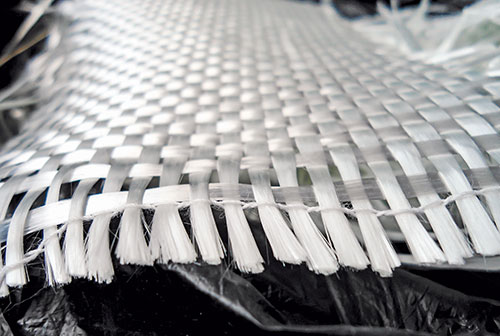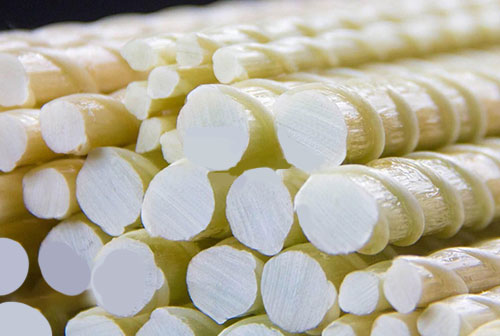
Fiberglass Chemical Structure
Delve into the intricate world of fiberglass's chemical structure, exploring the molecular building blocks of silica glass, the formation of glass fibers, and the unique properties that make fiberglass a versatile and resilient material.
Introduction:
Fiberglass, a ubiquitous material with remarkable strength, versatility, and durability, has revolutionized industries and transformed our world. But what lies beneath its remarkable properties? Let's embark on a journey to unravel the intricate chemical structure of fiberglass, understanding the molecular building blocks and the processes that give rise to this exceptional material.
The Molecular Foundation: Silica Glass
At the heart of fiberglass lies silica glass, an amorphous form of silicon dioxide (SiO2). Silica glass, unlike its crystalline counterpart quartz, lacks a regular, ordered atomic arrangement, resulting in a unique structure. This structure is characterized by a random network of interconnected silicon-oxygen tetrahedra, each tetrahedron composed of a central silicon atom bonded to four oxygen atoms.
From Molten Glass to Glass Fibers:
The journey of fiberglass begins with molten silica glass, a viscous liquid heated to extremely high temperatures. This molten glass is then subjected to a process called fiber drawing, where it is forced through fine nozzles or spinnerets, creating thin, continuous filaments of glass fibers. These fibers, with diameters ranging from a few microns to several millimeters, form the basis of fiberglass materials.
Chemical Composition and Properties:
Fiberglass's chemical composition, primarily silica dioxide (SiO2), is often enhanced with additional elements to tailor its properties for specific applications. Common additives include alumina (Al2O3) for increased strength and durability, boron oxide (B2O3) for improved thermal resistance, and calcium oxide (CaO) for enhanced chemical stability.
The unique chemical structure of fiberglass imparts remarkable properties that make it a material of choice for diverse applications. Its high strength-to-weight ratio, excellent corrosion resistance, electrical insulation properties, and dimensional stability have propelled it into a wide range of industries.
Applications of Fiberglass:
Fiberglass finds applications in a vast array of fields, including:
Construction: Fiberglass is used in reinforcing concrete, creating lightweight and durable building materials.

Fiberglass is used in reinforcing concrete
Transportation: Fiberglass components are found in aircraft, automobiles, and marine vessels due to their strength and weight-saving properties.
Electronics: Fiberglass serves as an insulating material in circuit boards and electrical components.
Consumer Goods: Fiberglass is utilized in sports equipment, musical instruments, and various household products.
Conclusion:
Fiberglass, with its intricate chemical structure and remarkable properties, stands as a testament to the power of material science. From its molecular building blocks to its diverse applications, fiberglass has transformed our world, offering a versatile and resilient material that continues to shape our future.
 +86 15303735673
+86 15303735673 Jessica@frpzs.com
Jessica@frpzs.com
 Technical Data
Technical Data











